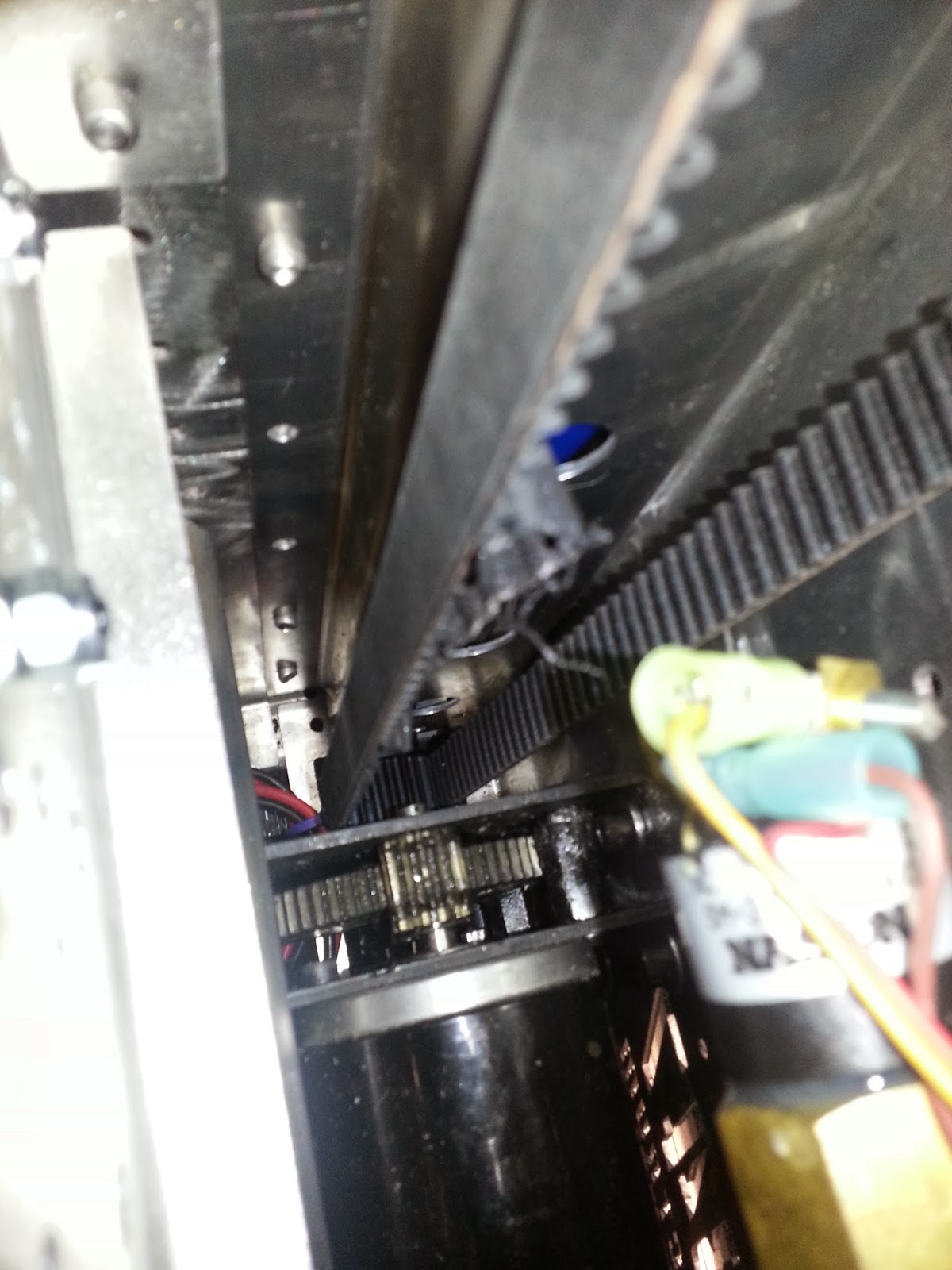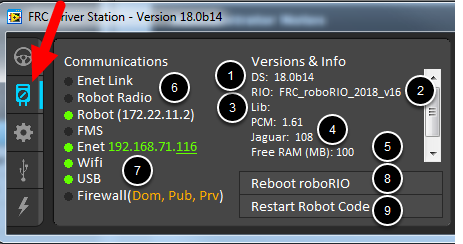
WPI provides a prepackaged download of the worlds, models and plugins required to simulate robot samples from previous years.
#Frc driver station source install
To verify it runs, execute the following command from Terminal after the install completes: $ gazebo Using Homebrew to install Gazebo is as simple as: $ brew tap osrf/simulation Download and install XQuartz from the preceding link. XQuartz provides a version of X-Windows complete with a packaged Mac install. Gazebo uses UNIX X-Windows, and so you will need an open source version of X. We will also install unzip and cmake while we are at it. While there are alternatives on Mac, I prefer to install wget using Homebrew. The UNIX command wget is handy for fetching content from the web. The instructions can be found on the web but basically involves one simple command (provided you already have Ruby installed): $ ruby -e "$(curl -fsSL )"

There are several open source package managers available, but I usually use Homebrew.
#Frc driver station source mac osx
Unfortunately the one thing Mac OSX is missing is a package manager (e.g. Click on the link for adding an Available Software Site, click Add, and enter the name "wpi_plugins" and a location of " ".Ĭlick OK twice to return to the install software dialog, and click on the Work with: drop down list, select "wpi_plugins", click the checkbox next to the option "WPILib Robot Development", and click Finish to install. After installing, to start Eclipse open a Terminal and type: $ eclipseįrom Eclipse, click on the menu Help -> Install New Software. Here are the steps: Install Eclipseĭownload and install the Mars version of Eclipse for Java developers.

The below instructions however only work for Java development. But with a little help from Peter Mitrano, I managed to get instructions working. While the documentation is quite good, it unfortunately is only written for Ubuntu Linux.

I decided to see if I could address this issue by using FRCSim, a robot simulator. If you have kids involved a FIRST Robotics Competition (FRC) team, you are likely familiar with a common issue: since there are more students than robots, it's often hard to get novice programmers enough time on a robot to learn.


 0 kommentar(er)
0 kommentar(er)
